Searching for the very best way to use Qantas Points? Look no further…. Booking an Around-the-World Trip (also known as the oneworld Classic Flight Reward) is the ultimate redemption of choice for savvy frequent flyers.
And while it might seem complicated, with careful planning, jetting around the world on Qantas Points is entirely achievable.
I’ve personally completed an epic trip from Australia to the USA, Europe, Asia, New Zealand and back home using this strategy.
In this post, we’ve compiled the information that’s needed to lock in the ultimate redemption. After all, loyalty deserves to be rewarded, right?
What is the oneworld Classic Flight Reward?
The oneworld Classic Flight Reward offers Qantas Frequent Flyers the ability to travel across the globe in any class of travel, across a range of airlines – at a fixed points cost (plus additional taxes/carrier fees).
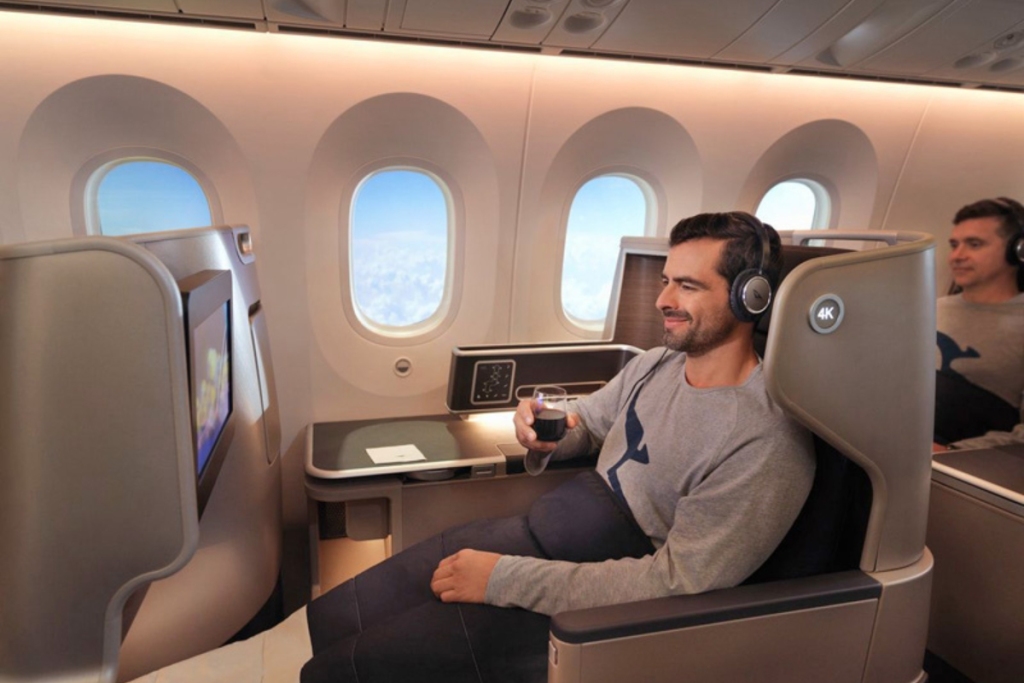
The award allows for a maximum of 35,000 miles of travel in one of four classes of travel, flying Qantas and oneworld partner airlines:
- economy
- premium economy
- business
- first
Stopovers are permitted in up to five cities over a 12-month period, with 16 sectors of travel allowed within the same time frame. So, with some careful planning, there’s a tremendous opportunity to lock in an impressive itinerary.
How many Qantas Points do I need?
The Qantas Points needed to redeem this RTW fare increment upwards, based on the class of travel.
The table below sets out the Qantas Points pricing across the four award classes (excluding taxes and carrier fees):
| Award class | Qantas Points |
| Economy | 132,400 |
| Premium Economy | 249,600 |
| Business | 318,000 |
| First | 455,000 |
So which class of travel is worth aiming for?
We think that business (318,000 Qantas Points) is arguably the ‘sweetspot’ to aim for, offering a premium class of travel and pre-departure lounge access. Under oneworld, it’s possible to access an array of impressive business-class offerings, including Qatar Airways QSuites, Japan Airlines, Finnair and more.
Of course, if you have enough points and the ability to be flexible, a first-class journey is most definitely worth aiming for. Remember that first-class award space can be hard to find and the number of routes on offer may be limited.
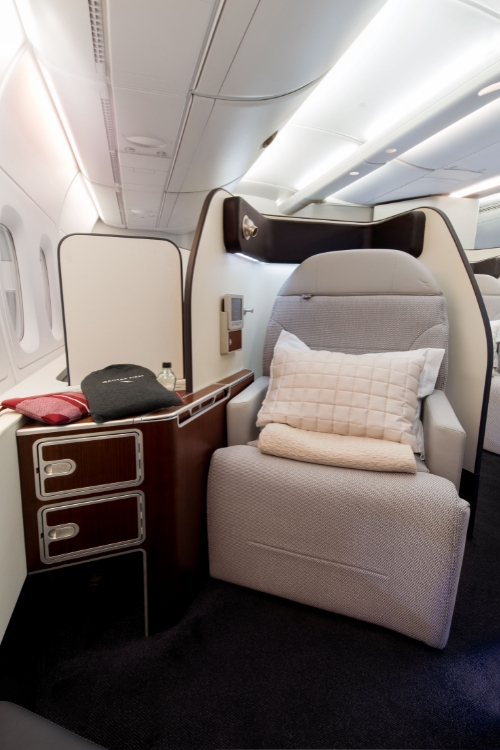
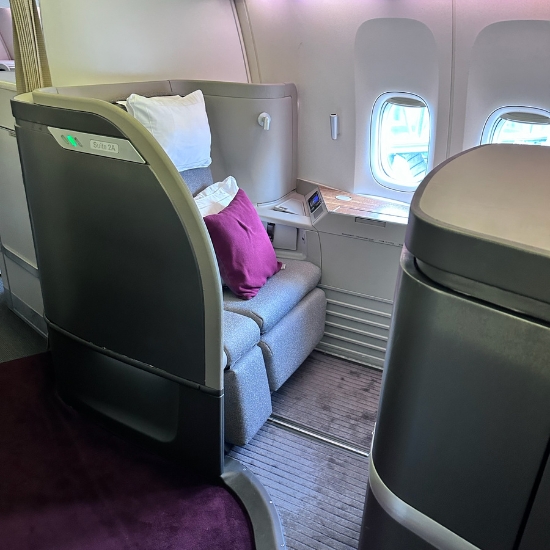
As an example, Cathay Pacific and Japan Airlines both offer first class, but not on flights from Australia.
oneworld Classic Flight Reward: Digging into the detail
To effectively book the equivalent of a RTW trip, there are a number of rules that your booking will need to meet, in order to qualify. Here’s what you need to know:
Which airlines can you fly?
To satisfy the requirements of the oneworld Classic Flight Reward, you must construct an itinerary flying two or more partner oneworld airlines.
There are currently 14 oneworld airlines including Qantas:
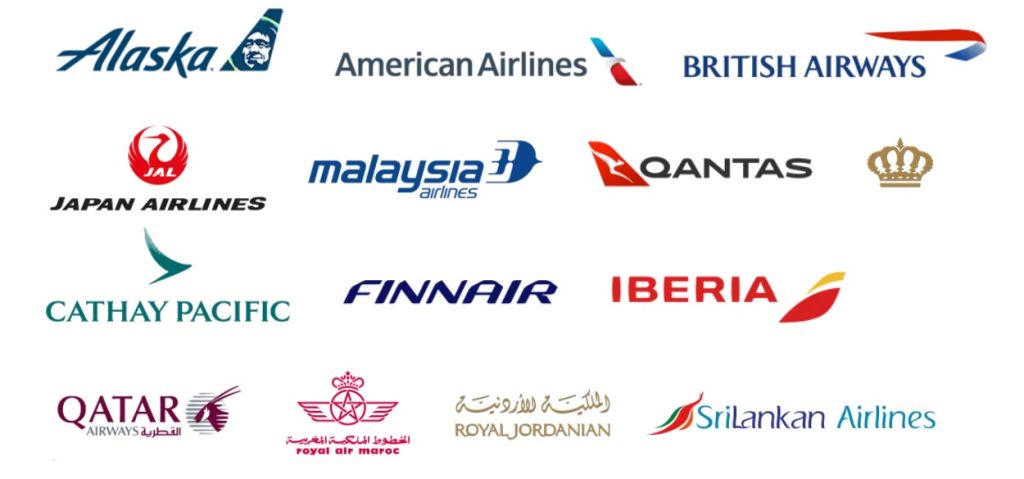
Which airlines can’t you fly?
Qantas partners with a range of airlines outside the oneworld alliance, including Emirates, Jetstar and China Airlines. Unfortunately, travel booked on these airlines isn’t eligible for the award.
The same goes for oneworld connect airlines, such as Fiji Airways.
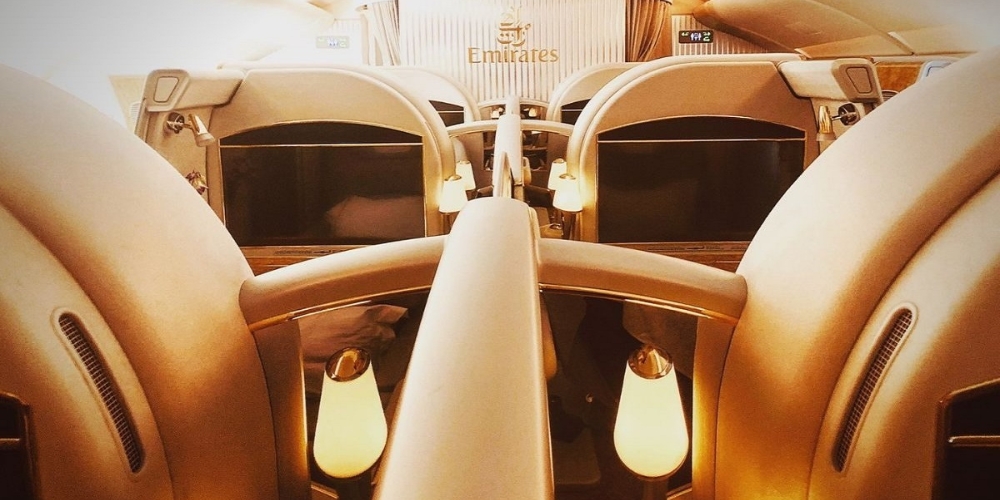
How far can you fly?
The Zone 10 Oneworld Classic Award allows for a cap of up to 35,000 miles of travel.
When calculating your itinerary of 35,000 miles, you’ll need to bear in mind the following:
- The total miles are calculated by adding the distance of each flight in the itinerary, plus any surface sectors (more on this below), and
- If your final destination differs from your port of origin, you must also factor in the distance in miles between these two ports.
Is there a set direction of travel?
No. Unlike a traditional ‘around the world’ itinerary, there is no specific direction that you need to travel with the oneworld Classic Flight Reward.
The only caveat is that you may only depart the first country on your booking once – you cannot backtrack through that country to get to another international destination.
Stopover vs transit (what’s the difference?)
Since the oneworld award allows up to 16 segments of travel (including transits) and 5 stopovers, it’s important to understand how these are defined.
A stopover: classified as a deliberate interruption of a journey by the passenger for more than 24 hours, at a point between the place of departure and the destination, which is shown on the passenger’s ticket. Only one stopover in each port is permitted.
A transit: classified as a scheduled stop by the passenger, for less than 24 hours. Up to two transits through the same port are permitted.
Our tip: to maximise value from the 16 allowable segments, it’s possible to schedule an overnight transit for less than 24 hours between two destinations (i.e. flying into Rio in the afternoon, then out the next day at lunchtime) in order to avoid this ‘stop’ being classified as a stopover. Of course, the idea of jetting to destinations for less than 24 hours may not appeal to everyone!

What is a ‘surface sector’?
A surface sector is any land-based travel you might embark on as part of your trip, such as flying into London, then making your way via Eurostar train to Paris and flying out of Charles De Gaulle airport. This travel will still count towards your cap of 35,000 miles, so you need to factor this into your overall planning.
Mixing different classes of flights within the one Award
It’s entirely possible to book a different class of flight within the oneworld award, and in many scenarios, it is necessary to do so.
As an example, a traveller constructing a first-class award may need to fly several segments on the award in business class. This could be the case when travelling from Australia into Asia, where first-class flights flown by oneworld airlines are limited.
However, note that the booking is charged at the highest cabin of travel. As an example, if you have booked ten economy flights and one business flight as part of your award, you’ll be charged the full 318,000 Qantas Points for the business award!
Making changes to an itinerary
It’s possible to make changes before the trip has commenced. In fact, many travellers constructing an itinerary look to add or modify elements of the journey as more award space opens up.
Bear in mind that each time you change any elements of your booking during the planning process, you will incur a Qantas ‘change fee’ of 6,000 Qantas Points per person.
We recommend you keep a small stash of additional points aside to cater for any changes to your booking (we’ll cover the reasons you might need to incur a ‘change fee’ further down in this post).
What is the maximum window of travel?
Once your journey has commenced with your first flight, you then have 12 months to complete the booking.
How to book the oneworld award via Qantas
After familiarising yourself with the rules, and setting aside time for planning, there are several ways to lock in this redemption:
- You can attempt to book via the Qantas website (utilise the multi-city search option for this) or
- You can ring up the Qantas call centre and ask the operator to book each segment for you (depending on the complexity of your itinerary and how experienced the call centre operator is, we recommend you set aside at least one hour for the booking to be made)
While the Qantas website can be difficult to navigate, high wait times and training issues via the Qantas call centre mean that it’s probably best to try to book online in the first instance.
Do I have to book all the flights at once, or can I book in stages?
You don’t need to book the whole award at once, and in many cases, it’s impossible to do so.
To book in advance as early as possible, many travellers choose to lock in the initial sectors (depending on the airline, this is usually possible to do around 330 days in advance of travel), then add additional segments as they become available.
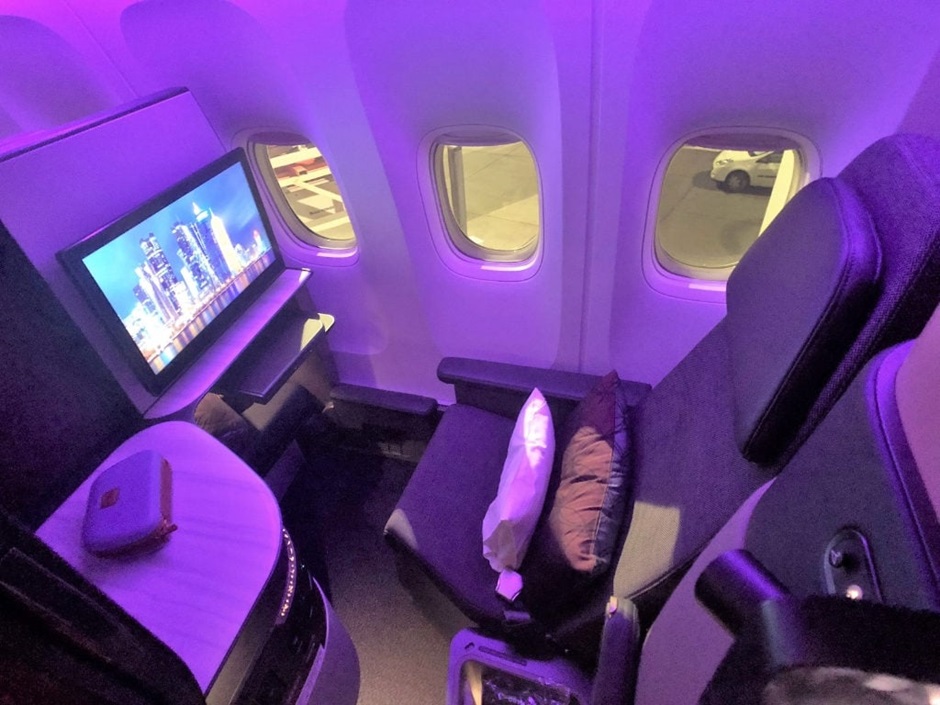
Any additions will need to be made via the Qantas call centre. Note that each time you make a change, you will be charged 6,000 points as a ‘change fee’.
Provided any sectors you add to your itinerary meet all the rules, the Qantas Points cost will cap out at the redemption cost of the oneworld Classic Flight Reward.
Tips for minimising carrier fees and taxes
In order to minimise the payment of fuel surcharges for your oneworld Classic Award booking, we suggest you check the applicable co-payment for each flight sector before you book.
For the OneWorld Classic Award, given that you can fly up to 16 sectors, airline-imposed fees for each flight can result in a significant co-payment for your overall booking. It’s possible to minimise accompanying co-payments, simply by choosing carriers that pass on very low fees. Finnair is one such example.
How to add up the mileage of your route
Since the oneworld Classic Flight reward booking is capped at 35,000 miles of travel, it’s very important to keep track of mileage as you plan your trip.
You can tally up your mileage easily using a number of airline mileage calculators available online. It’s possible to use the Qantas Points Calculator to research selected flights, but bear in mind that this resource may not be updated to include all current routes.
Classic Flight Rewards vs oneworld Classic Flight Reward compared
Booking flights outright under a Qantas Classic Flight Reward offers solid value, but how does it compare to the oneworld RTW award?
The fact is, you’ll almost always come out ahead when choosing the oneworld Classic Flight Reward.
Let’s look at the example of Sydney to London: A standard Classic Flight Reward redemption on Qantas costs 318,000 Qantas Points return in business. That’s the same price you’ll pay for the oneworld RTW redemption in business, which could take you significantly further.
Summing up
An around-the-world (RTW) itinerary booked as a oneworld Classic Flight Reward is unquestionably one of the best ways to use a stash of hard-earned Qantas Points.
While booking this redemption with Qantas Points can be challenging, by following the rules and showing flexibility, it’s entirely possible to achieve.
While you’re here: Subscribe to our newsletter for the latest tips, deals and news. It only takes a few seconds and we respect your privacy:



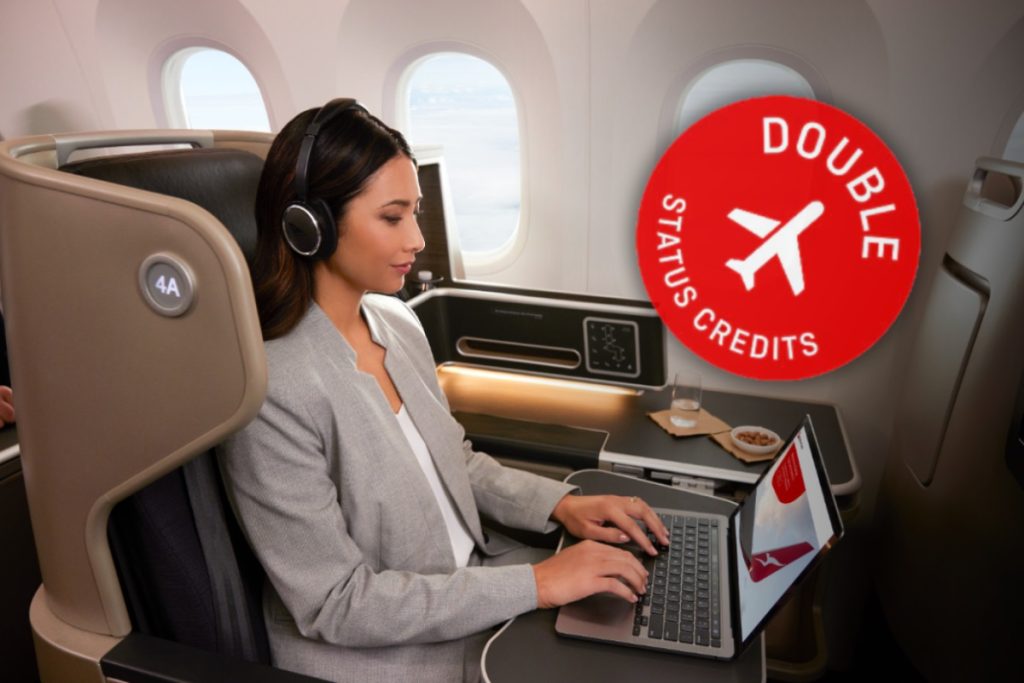


Hi!
Do you know whether you can book flights in a RTW trip and later on add earlier flights when they become available?
For example: SYD-HKG-LHR-JFK-SYD, could you book HKG-LHR if it pops up and then call Qantas to modify the booking and add SYD-HKG when that becomes available
Hi Karlia, yes, you certainly can. Note that modifying your booking will incur a change fee of 5,000 Points each time you change it, however this approach can make a lot of sense if you are adding flights as and when they become available.
Hi Adele,
As part of my RTW booking on the qantas booking engine, I am attempting to book a direct flight from Venice to Helsinki with Finnair. But It will only allow me to do this with a stop-over in Heathrow eventhough Finnair does this direct flight. Is there anyway to get around this?
Thankyou
Libby
Hi Libby, it may be that the direct flight from Venice to Helsinki isn’t offered as a reward seat for the date(s) you seek, which is why you are seeing a connected flight. Depending on the cost, if you don’t wish to use two flight segments in this way, it might be worth considering purchasing a cheap flight outright. Best of luck booking in your trip.
Hi Adele
My wife and I are looking at purchasing a RTW trip with reward points in feb to may of next year. Would you accept payment for booking the trip for us?
Hi Nick, unfortunately I don’t offer a reward flight booking service. However, if you’d like to send me an email, I’d be happy to send some recommendations of services you could look to access.
I have successfully found RTW flights in Business from Denpasar returning to Denpasar but point are still showing at 402,000. When does the cap if 318,000 kick in?
Hi Karen, in order to access the OneWorld Classic pricing, you’ll need to make sure that you are meeting all the rules and conditions of the itinerary. If the pricingn you’re seeing is higher, chances are that you have a non-complying element of your itinerary (such as carrier, segments, transits, stopovers). Best of luck locking in your redemption.
Hi,
Regarding your mention of the call centre staff’s experience – realistically how easy or difficult is it to make changes and add sectors with them as the itinerary becomes more complex?
My past interactions with them on more basic queries have often been quite challenging so I’m worried about relying on that, and in the worst case them losing my already confirmed sectors.
Hello Adele
I wonder if I can get Qantas to book my RTW trip using my points as I am having a lot of trouble getting the flights and dates that I want. I am happy to pay them for this service, do you know if they offer this service and if so do they charge?
Hi Adele,
I have enough qantas frequent flyer points for rtw flights for my wife and myself in business class. There doesn’t seem to be any easy way to do it.
Ideally I would go Sydney – Perth – Heathrow – New York – San Francisco – Sydney over a period of 5 weeks. My preferred times are August Sept 2020.
Any advice?
Hi John, it can be very difficult to find availability for two people on popular routes in business class, such as Perth to London and San Fran to Sydney. With the Oneworld Classic award, flexibility (both in terms of dates and routings) is key. Have you considered looking at alternative routing into Europe and out of USA? Carriers like Finnair (Singapore and Hong Kong into Helsinki) and some more creative USA routings via Asia often have better availability. Best of luck booking your trip!
Hi Adele,
Thank you so much for this information! Would you mind sharing your legs from Australia and the trip you’ve done? Many thx!!
Hi do you have the same information for a RTW Star Alliance Booking. My outbound sector gets booked out early but I am going for 3 months so not all sectors will be available. Am travelling in South America so Star Alliance seems the obvious choice now (Avianca). Open to other options as using AMEX points. Currently PPW and Qantas Gold.
Hi Adele
We are frequent travellers, usually in cattle class, but this option of a around the world trip is fantastic. Your advice and info will hopefully get us there. Many thanks
Frank Wyer
Hi Frank, I hope our guide has inspired you! A RTW trip is definitely one of the best ways you can use Qantas Points. All the best for your future points-based travels 🙂